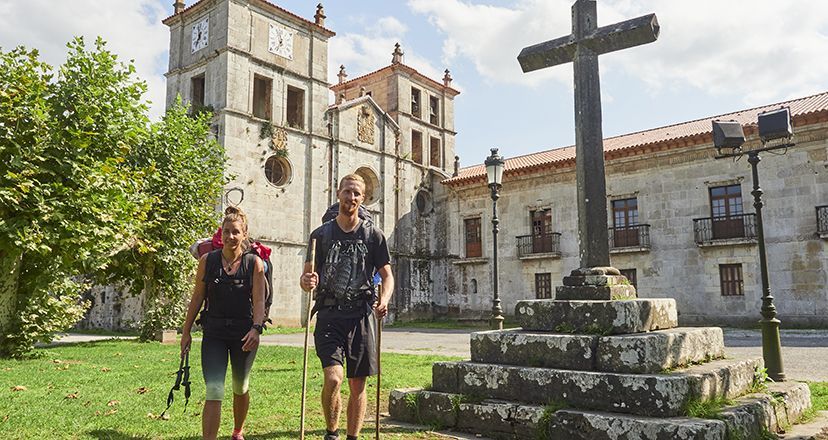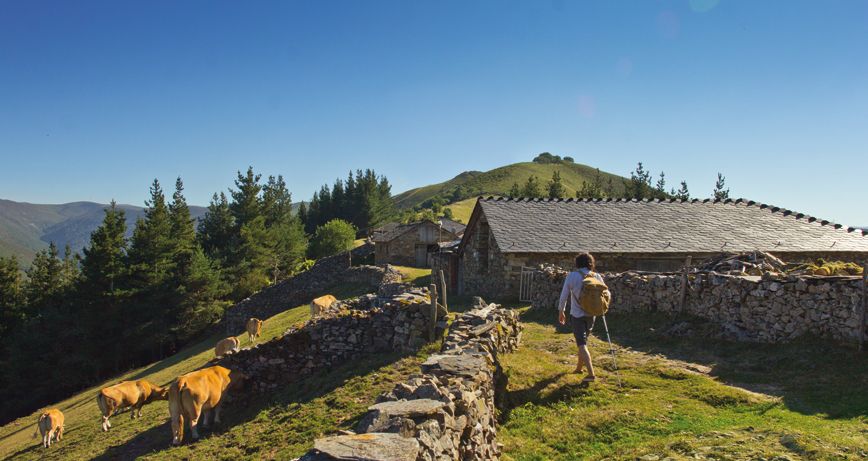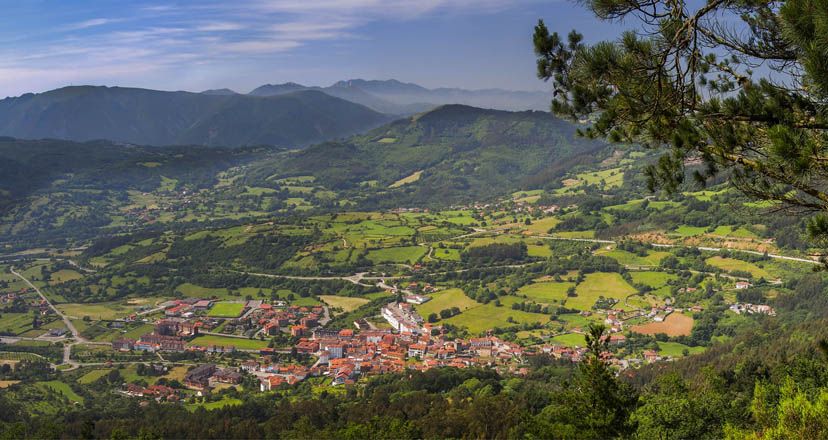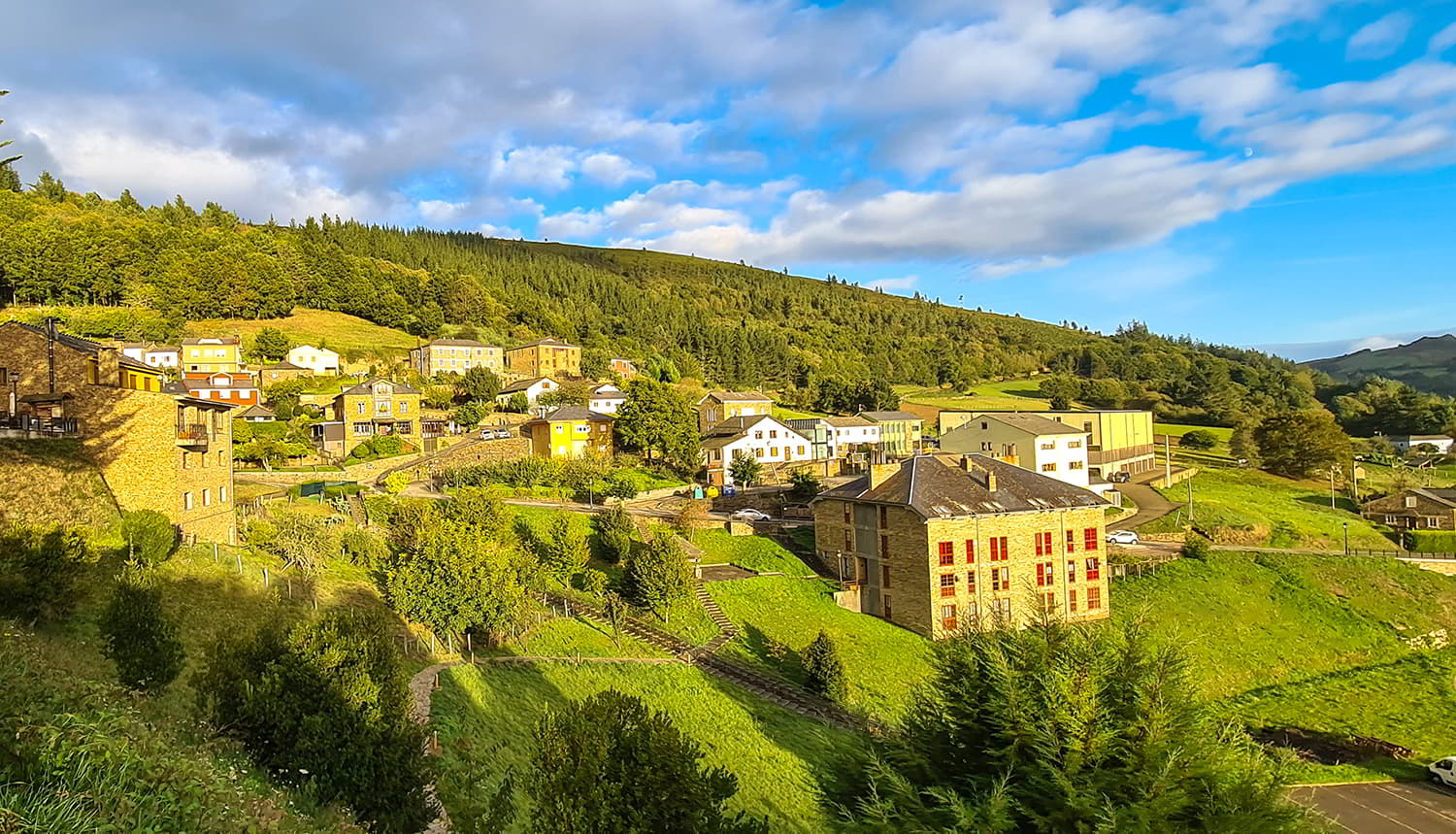Back Top 10 things to see and do in Salas
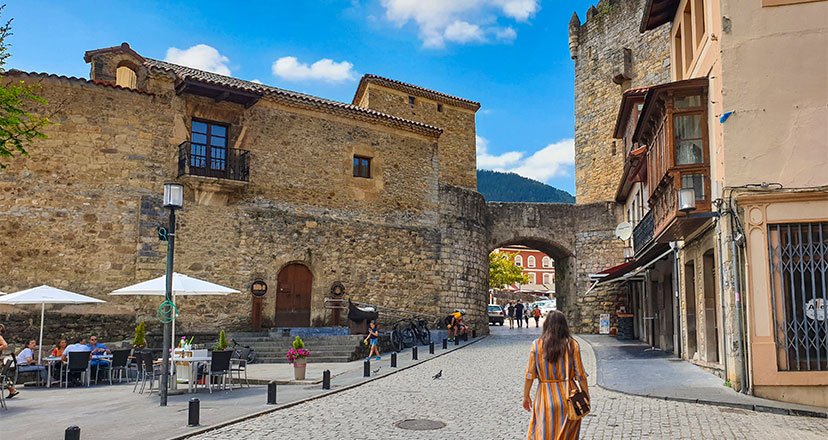
Top 10 things to see and do in Salas
The council of Salas, known as "the gateway to the west", has a rich history and an impressive monumental heritage, mainly in its capital.
Salas, known as the "gateway to the West", is one of the Asturian municipalities with the richest history, something that fascinates locals - it has around 5,000 inhabitants -, tourists and pilgrims.
It is also a land of pilgrims, being an essential part of the Primitive Way. On the other hand, the capital town, Salas, has three National Monuments in its historic centre, which could well be four if the famous "Carajitos del Profesor" - a typical sweet that is a century old - were to be considered as such.
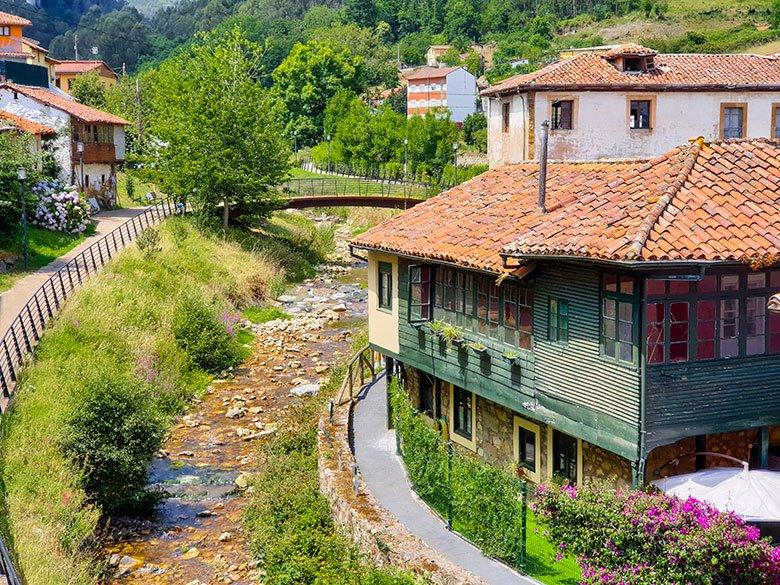
Likewise, the town of Salas was declared an Asset of Cultural Interest in 1994, as it has one of the most important Historic Sites in Asturias.
Only half an hour by car from the capital of Asturias, Oviedo/Uviéu, this gateway to the West is and was a place of passage for pilgrims, as it was also for the " vaqueiros de alzada" who moved their cattle from the high mountain meadows to the low mountain pastures every winter, or for the fishermen who went to Corniana/Cornellana in search of the best salmon in the river Narcea. It was also home to many Indianos who returned from "making the Americas" with fame and fortune, and proof of this are the examples of Indiano architecture in some parts of the council.
Here we show you the 10 best things to see and do in Salas
Three National Monuments in the town of Salas
The town of Salas grew up at the foot of a castle that Queen Urraca gave to Count Suero in 1120, and was settled on the banks of the river Nonaya, with a thousand and a half inhabitants.
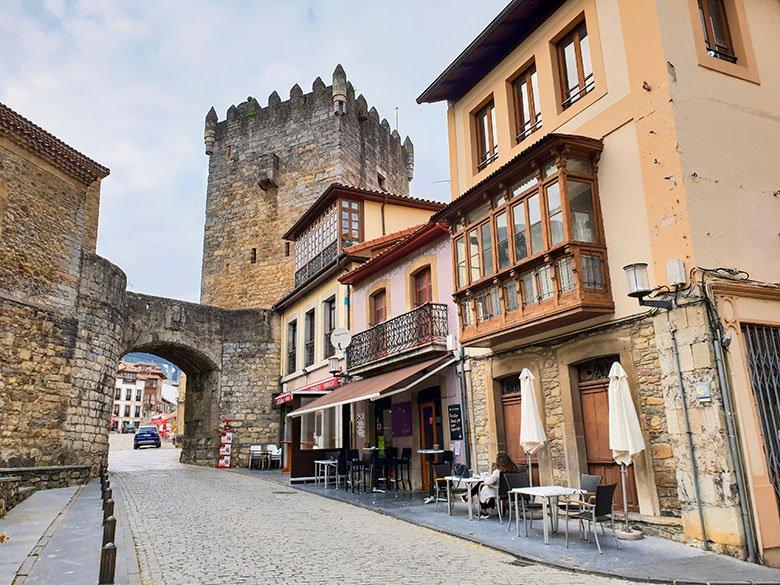
With a totally mediaeval air, today it has a population of a thousand and a half inhabitants.
When you visit it, you will immediately realise that the pulse of the town of Salamanca beats around the castle and the Plaza de la Campa square.
It is precisely in the vicinity of this square that you will find three National Monuments:
The Collegiate Church of Santa María la Mayor: The large Gothic-Renaissance parish church was founded in the 16th century by the Valdés Salas family. Originally, the church had a nave to which the side chapels were later added.
Inside, the family mausoleum in alabaster (considered one of the most important examples of Renaissance sculpture in Asturias) and the 17th century Baroque altarpieces stand out.
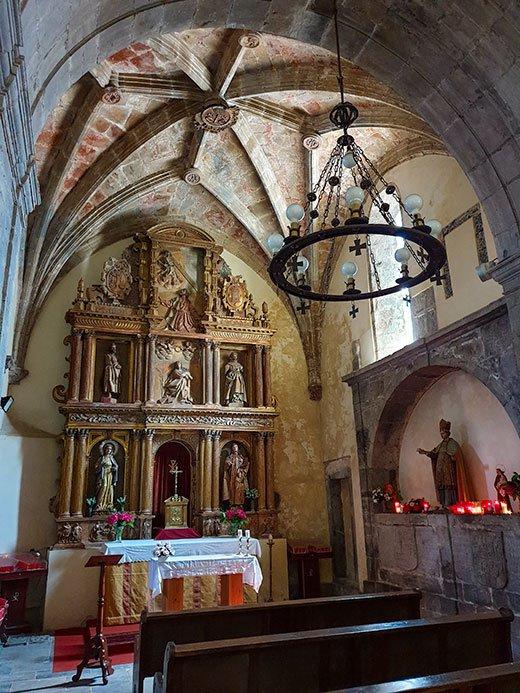
The Torre de la Villa, which was built in the 14th century and is the oldest surviving building in the historic centre of Salas. The tower has three floors and a basement, a space that was once occupied by the town's prison.
The current aesthetics of the building is the result of a remodelling carried out in the 20th century (work of Luis Menéndez Pidal). A semicircular arch connects the medieval tower with the Valdés Salas Palace.
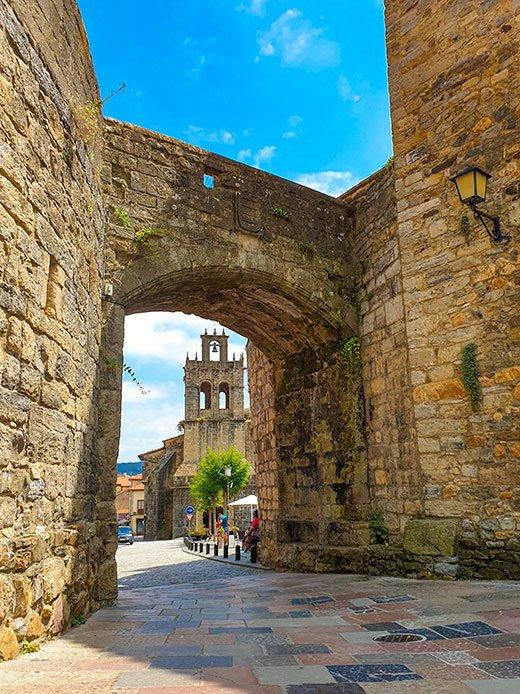
The Palace of Valdés Salas. Today it is the hotel, Tourist Office and Pre-Romanesque Museum of San Martín de Salas, where pieces from this pre-Romanesque church are exhibited. The guided tour of the museum is free of charge.
This palace was built in the 16th century and was the home of Fernando de Valdés Salas, Inquisitor Major of Spain and founder of the University of Oviedo/Uviéu. The palace, built in accordance with the civil architecture of the time, has 2 towers and a sturdy façade.
The mansions and palaces of the town of Salas
Walking through the village we find Casa María Veigas (Casa Miranda), a 17th century stagecoach inn. The wooden balcony, the glazed gallery and its coat of arms stand out; the Palace of the Countess of Casares (Casa del Regente), a 17th century mansion with a chapel and wine press. The palace has a square floor plan and a central courtyard that vertebrates the space. The corridor resting on 12 stone columns with smooth shafts does not go unnoticed.
The gastronomic monument of Salas: the Carajitos del Profesor (the Professor's little candies)
The Carajitos del Profesor are famous sweets from Salas and are already a hallmark of this town. They were created in the café-restaurant "Casa del Profesor", founded in 1918, which today is a bakery that still bears the same name and where this sweet is still made.
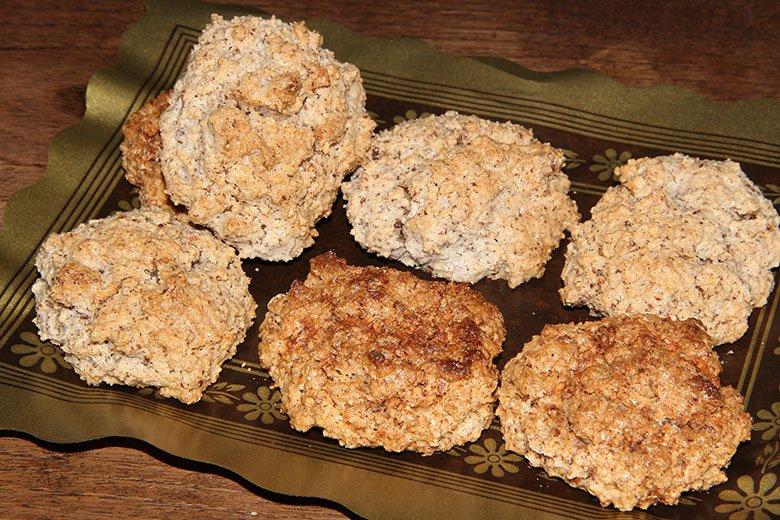
The Professor's carajitos have a curious history: After the end of the First World War, back in 1918 and almost as a celebration, the Casa del Profesor was founded in Salas, a café restaurant of the time, a place for social gatherings and entertainment. The establishment saw its most golden age when it was run by the singular Falín, its owner and son of the so-called Professor, who in his time as a music teacher harmonised the whole town from such an illustrious establishment.
On meeting afternoons and for the regular customers, the Professor's House made hazelnut pastries that made those winter coffees very pleasant. At that time, some emigrants had already returned, some of those who had "made the Americas", who returned to their hometown and became Indianos and frequented the place. The origin of its name is twofold: the noun is due to a certain gentleman who, making use of a Latin American nickname, had the idea of asking Falín one day: "Give me one of those!" and the origin of the determiner is due to the fact that Falín's father was the director of the music band in Salas, where everyone knew him as "the Professor" for that reason.
The Church of San Martín de Salas and its yew tree
The Church of San Martín de Salas is the only National Monument that is located a kilometre away from the Plaza de La Campa. The present church dates from the 18th century and is built on the site of a pre-Romanesque temple from the 8th century. Next to it we find the Yew Tree of San Martín, a specimen declared a Natural Monument.
The route to the Nonaya waterfall
The route to the Nonaya waterfall is one of the simplest and most beautiful in Asturias, given that it is just over 6 kilometres, there and back, from the centre of the town of Salas. It also has a captivating legend that says that good-looking young men who want to find their better half may at some point see the Nonaya waterfall and hear its song. And is that the waterfalls in Asturias are always the perfect refuge for the xanas, and in the case of this, also of the pilgrims who walk the Camino Primitivo.
Because the Nonaya waterfall is in the surroundings of the Camino de Santiago, and the setting in which it is located is totally idyllic, with its bridge, its forest and the pilgrims on their way to Santiago de Compostela.
The Sanctuary of the Virgen de la Asunción del Viso
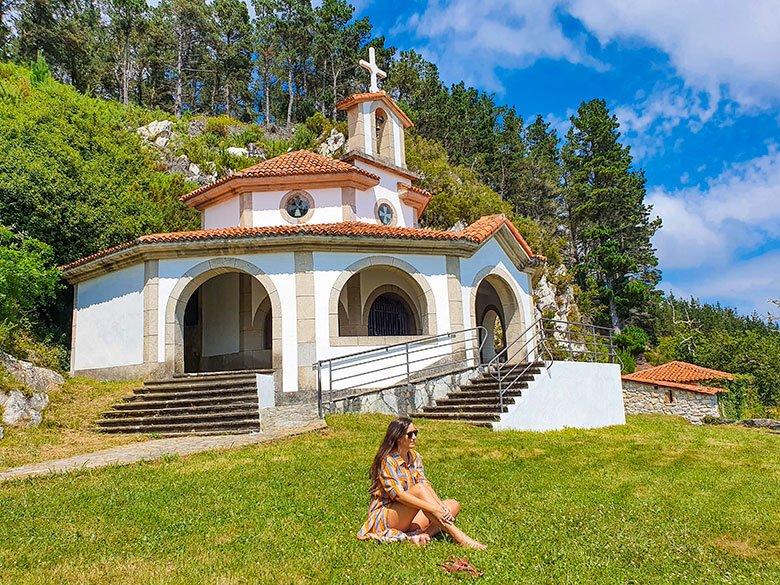
Three and a half kilometres separate this beautiful sanctuary and the centre of the town of Salas. Although many people walk up following the indications of the PR AS-131 short distance footpath, it is also possible to get there in your own vehicle. The Sanctuary of the Virgen de la Asunción del Viso is a very pleasant place with spectacular panoramic views of the town of Salas.
The Monastery of San Salvador de Cornellana and the Primitive Way
The monastery of San Salvador de Cornellana is a key point on the Primitive Way, and has a pilgrims' hostel on its premises. This Benedictine monastery - at least until the reform of the Order of Cluny arrived in the 12th century - is about to turn a thousand years old (founded in 1024) and is a National Historic-Artistic Monument.
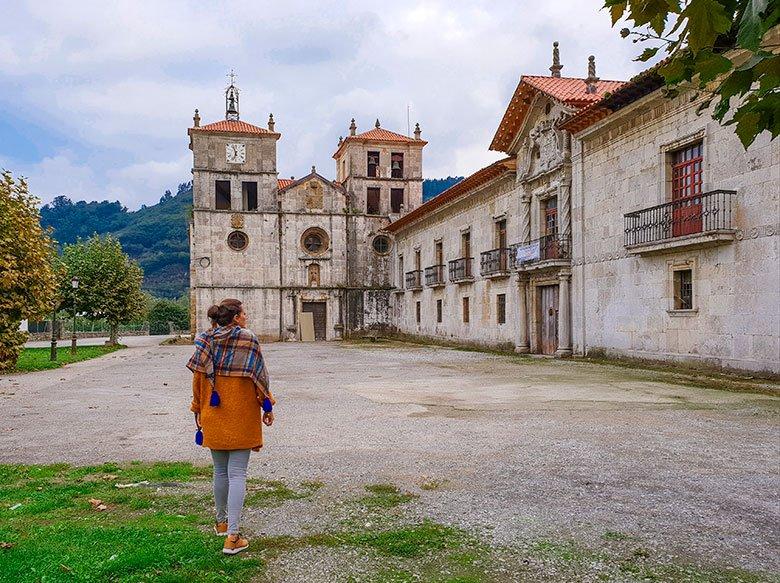
After its forced abandonment during the confiscation of Mendizábal, some restorations have been carried out. On the outside, the primitive façade and the 18th-century Baroque façade and a representation of a bear suckling a newborn baby stand out. Inside, the cloister and the altarpieces detailing the life of Saint Benedict (17th century).
From Corniana/Cornellana to Llaniu, following the Senda del Salmón (Salmon Trail).
Did you know that Corniana/Cornellana is the Salmon Capital of Asturias? On the side of the road, in the recreational area of La Rodriga, you can visit La Casa del Río, an interpretation centre where they explain the relationship between humans and the river ecosystem.
The Senda del Salmón (Salmon Trail) starts there, a simple route suitable for all the family that runs alongside the Narcea river until it reaches the wonderful village of Llaniu.
In this village in the municipality of Salas, the highlights are La Casa de Longoria, built in the 19th century; and the Palace of Conde de Peñalba (17th century), a family dedicated to tobacco cultivation and where you can still see the old drying sheds owned by the Dutch company Mont Tabac.
Little Havana in Salas
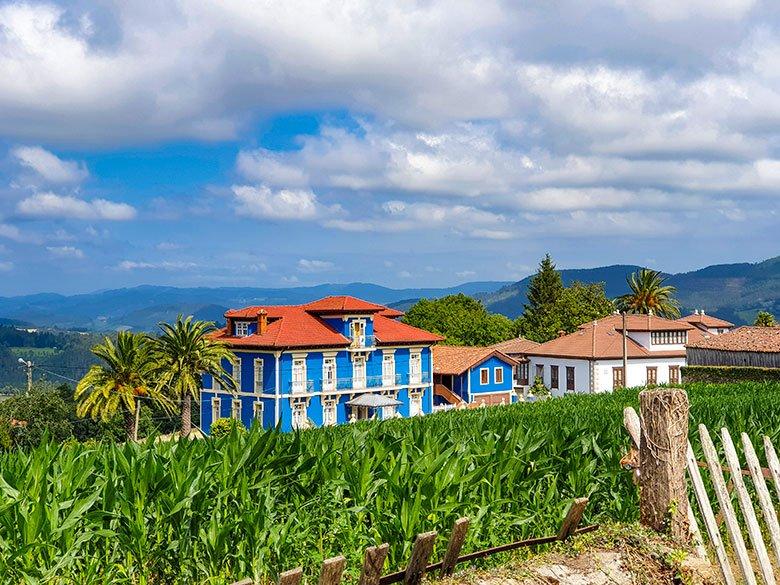
The council of Salas has two beautiful villages where you can admire impressive Indian houses surrounded by extensive cornfields, Maeza and Maecina, an area known as "Little Havana". Villa Alicia, Casa Panchón and the Palacio de Conde Toreno, among others, are some of the highlights.
One of the oldest restaurants in Asturias
Of all the indiano houses in the area, some are still private homes, others have been converted into rural accommodation and one of them, which today is the restaurant Al Son del Indiano, was transformed in 1895 into a restaurant, and is now one of the oldest in Asturias.
Eating here is a complete experience, as not only will you be able to sample typical Asturian dishes, but you will also be able to discover the interior of an Indiano mansion and enjoy its gardens.
A stroll around Salas will be an enjoyable and educational experience!
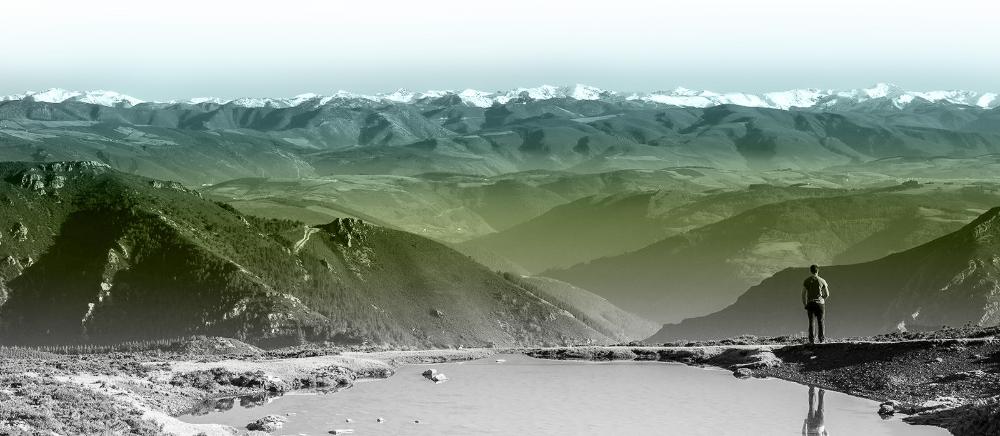
Subscribe to our newsletter and take advantage of offers, discounts, and news
Subscribe

